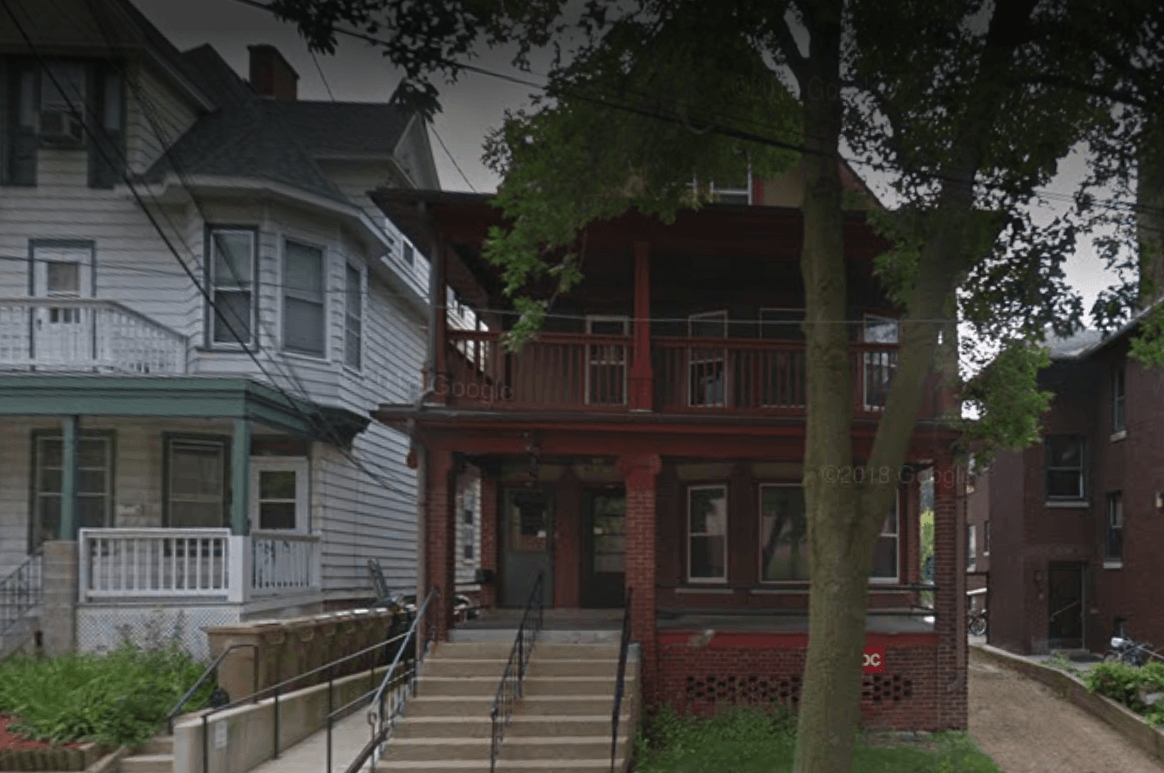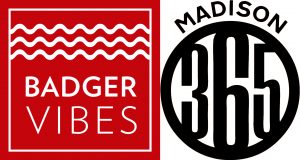
This piece was produced for Badger Vibes, our partnership with the Wisconsin Foundation and Alumni Association.
 When Michael Williams came to the UW–Madison campus two years ago, he found that getting involved with Wunk Sheek, a student-led organization that connects Native students and provides resources, was the best way for him to connect with his own people, people of indigenous identity. During all the highs and lows he faced as a college student away from home, having a centralized place for community is something he credits as one of the main reasons he was able to stay in school.
When Michael Williams came to the UW–Madison campus two years ago, he found that getting involved with Wunk Sheek, a student-led organization that connects Native students and provides resources, was the best way for him to connect with his own people, people of indigenous identity. During all the highs and lows he faced as a college student away from home, having a centralized place for community is something he credits as one of the main reasons he was able to stay in school.
That’s why Williams, and many others, are concerned with a master plan that calls for a campus expansion around the North Brooks Street area — the block that contains the American Indian Student and Cultural Center house which is home to Wunk Sheek along with the Ojibwe-language group Wunk Sheek Drum, Alpha Pi Omega Sorority, and the American Indian Science and Engineering Society.
“When Native students come on to campus, it’s hard to adjust to campus space,” says Williams, who is now copresident of Wunk Sheek. “Not being able to connect with other Natives is hard. We lose retention because people don’t know how to find us or where to look for us. There’s a lot of different things [that] effects. I use that house all the time to study. If I don’t have that kind of safe space, it’s hard. There’s a lot of research talking about the significance and importance of community centers for communities of color and what that provides. Wunk Sheek is a lot of the reason I stay on campus and stay in the university because of the Native community there. It’s helped me through all my times here.”
Campus officials say the expansion is not imminent, but Wunk Sheek students are concerned that the longstanding building could be razed. The decision will be part of a plan to upgrade areas on campus, but for the time being may leave Native American students (along with other residents who have been utilizing the cultural center) without a space of their own.
Many student cultural groups are based in the Red Gym, and some of those displaced would find temporary space there. But members of Wunk Sheek have not been given a place to go to replace the cultural center, and the students are concerned that the UW doesn’t yet have a clear plan for where they will make their home.
“As of right now there is no plan on the university side,” Williams says. “On the Wunk Sheek side, we’ll plan on doing our work that we normally do. But it [would] be hard without a centralized space, especially a safe space like the center provided. There’s no plan on the UW’s side for what we will do, and ideally we’d like to have a space built.”
Williams said he found out about the master plan around this time last year.
“We were very upset about it, and so we’re working on it,” Williams says. “We’re writing letters to the head of the university to find us a space. A large population of the Native community on campus uses the center. Not even just students, but people overall use that space. It’s utilized every day. It’s always being used for studying, events, community gatherings. If we didn’t have that kind of space, it would be detrimental to the Native community on campus and to Wunk Sheek, who has had this happen before. When Wunk Sheek and MEChA [Movimiento Estudiantil Chicanx de Aztlán] shared a space, we were removed from that space as well. You can see the detriment to the organization.”
University staff, however, have said that any notions of the center being demolished are completely premature, and that if and when such an event occurs, there will be significant dialogue with students about it, and there will most certainly be a plan.
“We’ve been working for a very long time to make sure American Indian studies is able to continue working with all the student groups and is able to use that space. The elder and resident visits, community building events, classes, studying that are held there are all important to the American Indian program and important to the campus in general,” says Greg Downey, associate dean for social sciences. “It would be our intent to make sure there is still space for that to happen.”
Downey also says that a master plan has been in existence for several years that would call for the block to undergo development. He said there are several areas along campus — in addition to the North Brooks block — that are slated for new development, but progress hinges on the university having an idea of what to put where and being able to garner funding for whatever project is being done.
Downey made it clear that in no way would there be a massive displacement of an entire community or the types of resources that are being utilized by students.
“What would be ideal is that there would be a site redeveloped for social sciences, including a Native American and Chicano American studies center,” he says. “Demolition of the building is really premature in talks. The news stories about the particular buildings where students who have community space comes up every now and then. It’s in the master plan and has been for a long time. But that doesn’t mean anything is imminent.”
After Downey took over as associate dean, there were a series of meetings with Wunk Sheek about the management of the house where the American Indian Cultural Center resides. They made the building more secure and also more accessible to students.
Williams feels that the university has prioritized making room for an expansion over retaining the center. Inquiries about when the demolition will occur and what Wunk Sheek is supposed to do when it does happen have not produced informative answers from the university.
“We’ve heard no talks of what we’re to use for a space after,” Williams says. “A lot of times, going into classrooms and not seeing people like yourself, you wonder why you’re here, what you’re doing here. Having that space and community brings you back to Earth and is a home. Wunk Sheek lets you build that community on campus kind of just to remind you of home.”
Downey says dialogue with students is ongoing. He wants the students to feel comfortable coming to him and other administrators with questions or concerns about this issue, but also reiterates that because there is no specific timeline for the proposed development, sometimes there truly isn’t any news to give.
“That block is identified for future plans,” he says. “There is no specific timeline right now. I’d like to have the conversation in earnest about what space could be arranged and what could be there, but those conversations haven’t been to that stage yet. It’s absolutely not an imminent thing. The process for creating a new building on campus is slow. We have a lot of buildings in need of serious repair or replacement. There’s just a lot of areas on campus that could do better for facilities. That’s our constant goal, to improve and upgrade the experience for our students and teachers.”



